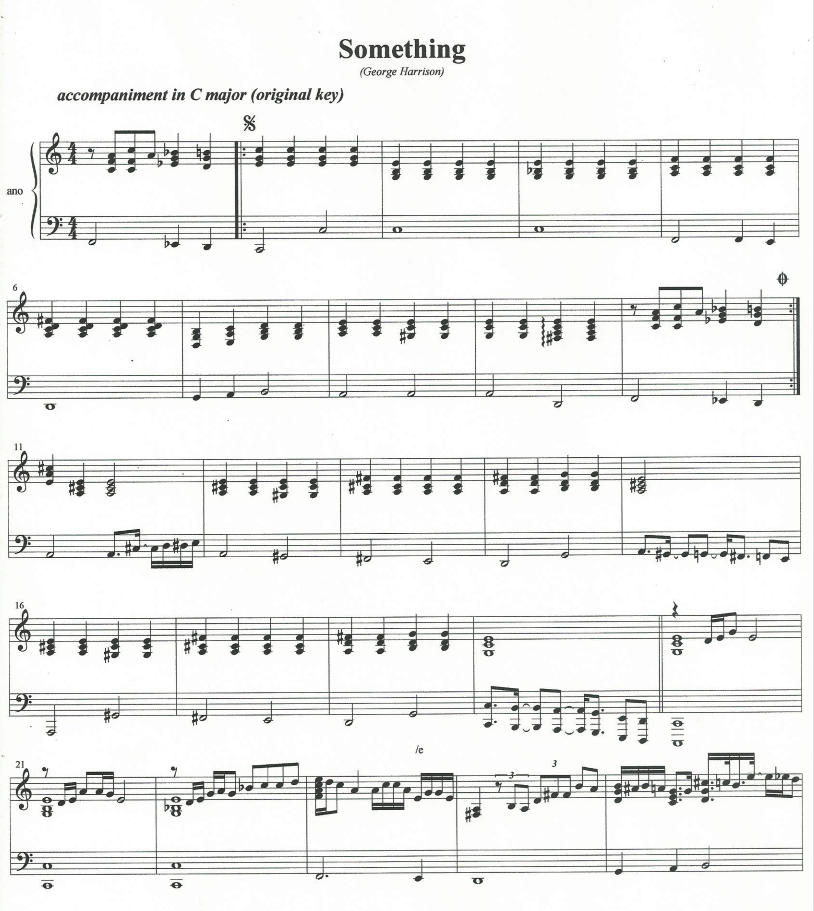

Santana’s rendition of this song features the original guitar licks, but comes complete with congas, timbales, and a cowbell that create the signature Latin rock sound the band projected into mainstream music. These four minutes and 51 seconds of rhythmic storytelling set a spiritually symbolic tone for the album.Īs the final cry of the beast fades, listeners are greeted with the most famous track of the album: a cover of “Black Magic Woman," a song originally written and recorded by Fleetwood Mac's Peter Green. The chord grows, then falls, like the breath of the titular beast - and this breath is what keeps the windchimes "singing." Eventually, a repetitive conga pattern drives the song forward as the keys and electric guitar howl at each other like wild animals, while the chimes and cymbals continue to move behind them. It all comes slowly before Carlos Santana strikes a chord on his electric guitar. The track is ushered in by all kinds of percussive instrumentation: organ keys hitting legato quarter notes, roaring cymbal rolls, and twinkling chimes.
SAMBA PA TI MEANING FULL
What the painting represented was an album full of spirit, sexuality, and soul that took root in legendary Afro-Caribbean percussive sounds completed by a distinctive electric guitar that howls into the void, much like the album’s first track, “Singing Winds, Crying Beasts,” suggests. Combining spirituality and psychedelia in this way was not a foreign concept to Santana, who, just a year prior, delivered one of the most legendary sets at Woodstock while tripping on LSD and praying to God. In Jungian theory, Abraxas represents a being higher than God, something utterly unattainable and impossible to conceptualize, and that’s exactly what this album is meant to be. While the composition was not made with the intention of becoming the cover art for Abraxas, Santana decided upon first glance that Klarwein had captured the essence of the album it was creating in bountiful, psychedelic detail. In the spiritually inclined mind of guitarist Carlos Santana, the painting in question was “Annunciation," a 1961 painting by psychedelic surrealist Mati Klarwein, which depicts the archangel Gabriel delivering news to the Virgin Mary of her conception of Jesus Christ.

This line, taken from Hermann Hesse’s “Demian,” is famously inscribed on the back cover of the 1970 hit record, Abraxas by Santana. “We questioned the painting, berated it, made love to it, prayed to it: We called it mother, we called it whore and slut, called it our beloved, called it Abraxas…”


 0 kommentar(er)
0 kommentar(er)
